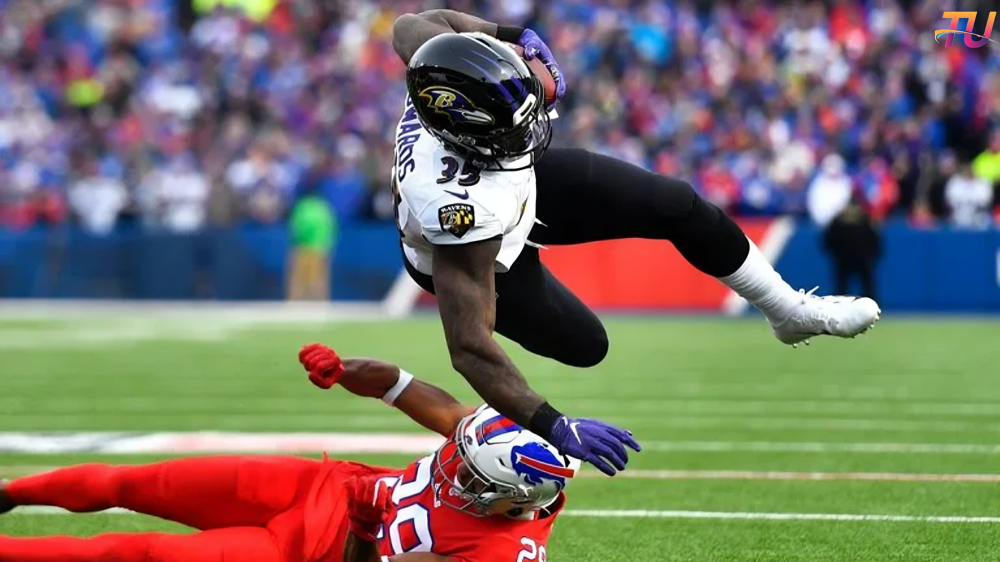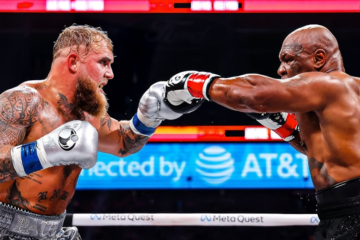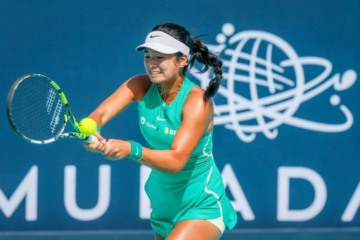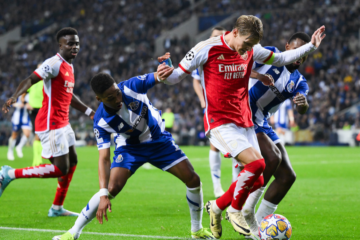Ravens CB Marcus Peters Torn ACL: Impact and Season Outlook

In the fast-paced world of NFL football, injuries can drastically change a team’s season, affecting both player morale and game strategy. The recent news of Baltimore Ravens cornerback (CB) Marcus Peters suffering a torn ACL has sent waves through the Ravens’ community and the league as a whole. Known for his defensive skills and playmaking ability, Peters’ absence raises significant concerns for the Ravens’ defense.
What Happened to Marcus Peters?
Background on Marcus Peters
Before diving into the injury specifics, let’s explore Marcus Peters’ journey in the NFL. Since entering the league in 2015, Peters has established himself as one of the most aggressive and skilled cornerbacks, known for his ability to read plays and force turnovers.
The ACL Injury Incident
The injury occurred during a regular-season practice session when Peters experienced what appeared to be a severe knee injury. Medical evaluations confirmed the unfortunate news: Peters had torn his ACL. ACL (anterior cruciate ligament) injuries are particularly devastating for players due to the lengthy recovery period and the potential long-term impact on performance.
How Severe is an ACL Tear for NFL Players?
In the NFL, an ACL tear can be career-defining, especially for positions requiring high agility and rapid changes in direction, such as a cornerback. Recovery can last anywhere from six months to over a year, depending on the individual’s progress through surgery and physical therapy.
The Immediate Impact on the Baltimore Ravens
Losing a Key Defensive Asset
Marcus Peters’ role within the Ravens defense has been instrumental in recent seasons. His ability to shut down opposing wide receivers and create turnover opportunities gave the Ravens a competitive edge. His absence on the field leaves a significant gap in both the pass and run defense, affecting the Ravens’ overall performance.
Potential Defensive Adjustments
Without Peters, the Ravens will likely need to reconsider their defensive strategy. Defensive coordinator Mike Macdonald may implement a zone-heavy defense to cover for the loss of Peters’ man-to-man expertise, which may impact the team’s effectiveness against certain offensive setups.
Options for Replacements
The Ravens will need to either promote an existing player from within or seek new talent to fill the void. Let’s take a closer look at potential internal and external candidates who may step up as replacements for Marcus Peters.
How Will This Injury Affect the Ravens’ Season?
Impact on the Secondary
With Peters sidelined, the Ravens’ secondary will face more pressure in covering elite receivers. The remaining cornerbacks, including Marlon Humphrey and Brandon Stephens, will have to step up and adjust their gameplay to account for Peters’ absence.
Altered Defensive Strategy
The absence of Peters will also likely result in an altered defensive scheme, with a heavier reliance on safety support and potentially more zone-based coverages.
Potential Consequences on the Ravens’ Playoff Hopes
Peters’ injury may dampen the Ravens’ playoff aspirations. Known for being a top-tier team in the AFC North, the Ravens will now have to contend with the dual challenge of replacing one of their primary defensive assets while also contending with strong division rivals.
Understanding ACL Tears and Their Recovery in the NFL
The Basics of an ACL Tear
The ACL is a crucial ligament that stabilizes the knee joint, and it’s frequently injured in high-intensity sports like football. Common causes include sudden stops, sharp pivots, or awkward landings – all movements central to a cornerback’s role on the field.
Rehabilitation and Recovery Process
After an ACL tear, surgery is typically required to reconstruct the ligament. Following surgery, Peters will undergo physical therapy to regain strength, stability, and range of motion in his knee.
Challenges for Athletes in ACL Recovery
Athletes recovering from ACL tears often face both physical and mental hurdles. Physical therapy regimens are extensive, while the psychological aspect of returning to play without hesitation can affect an athlete’s future performance.
How the Ravens Have Dealt with Injuries in the Past
Previous Injuries to Key Players
In recent years, the Ravens have faced injuries to other major players. The resilience of the Ravens has often allowed them to adapt to unforeseen challenges and remain competitive.
How the Team Adjusted Strategies
Baltimore’s coaching staff has historically excelled in adapting strategies when a key player is out. This versatility might once again become a strength as the Ravens look to adjust and continue their season without Peters.
Replacements and Rookie Development
Rookie development could play a crucial role here, as young talents might be given more playtime to compensate for Peters’ absence. This is particularly true for cornerbacks, as there are high expectations on younger players to step up and potentially fill the role left by Peters.
FAQs
1. What caused Marcus Peters’ ACL injury?
- The injury occurred during a routine practice session, where Peters reportedly twisted his knee in a way that strained the ACL beyond its limit. This kind of tear is common among high-intensity players who perform sudden stops and direction changes frequently.
2. How long will Marcus Peters be out due to his ACL tear?
- A torn ACL usually requires at least six months for recovery post-surgery, though recovery can take up to a year depending on individual progress. Peters is expected to miss the rest of the current season, with the hope of returning by the next season’s training camp.
3. What changes can the Ravens make to compensate for Peters’ absence?
- The Ravens might focus more on zone coverage rather than man-to-man setups to cover for Peters’ absence. Relying on veteran players and younger cornerbacks may also help in balancing the defensive lineup.
4. Who is expected to replace Marcus Peters in the lineup?
- Potential replacements include existing Ravens cornerbacks who may receive increased playtime and responsibilities, as well as any external players the team could bring in via trade or free agency to reinforce the secondary.
5. Will Marcus Peters’ injury impact his career long-term?
- While an ACL tear is significant, many players return to high-level performance post-recovery. However, there is always a risk of decreased agility or recurring injuries, which could impact Peters’ playing style in future seasons.
Conclusion
The ACL injury to Marcus Peters has brought about a pivotal challenge for the Baltimore Ravens’ defense, leaving them to adapt their strategy without one of their premier cornerbacks. This injury underscores the physical toll and risk associated with professional football, but it also showcases the resilience and adaptability of the Ravens as a team. Though the path to a full recovery will be challenging for Peters, the team will be leaning on its depth and defensive creativity to make up for his absence.



0 Comments